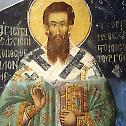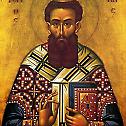Theology
Sunday of St. John of the Ladder
11. April 2016 - 15:48 In the Name of the Father, the Son and the Holy Spirit.
In the Name of the Father, the Son and the Holy Spirit.
Lent is a time of repentance, a time when our heart of stone must be made by the power of God into a heart of flesh, from insensitive to perceptive, from cold and hard to warm and open to others—and indeed, to God Himself.
The Sunday of St Gregory Palamas
27. March 2016 - 13:23In the Name of the Father and of the Son and of the Holy Spirit.
Why do we fast? Why do we make sacrifices? Why do we stand at long services? Why do we pray? To those of us who are beginning to doubt and waver after only two weeks of the Fast, the Church brings us an answer today. This answer is in the person of St Gregory Palamas, the fourteenth-century Archbishop of Salonica in Greece to whom this Sunday is dedicated.
Sunday of Orthodoxy
19. March 2016 - 21:51 Rejoicing today in the triumph of Orthodoxy on this first Sunday of Lent, we joyfully commemorate three events: one event belonging to the past; one event to the present; and one event which still belongs to the future.
Rejoicing today in the triumph of Orthodoxy on this first Sunday of Lent, we joyfully commemorate three events: one event belonging to the past; one event to the present; and one event which still belongs to the future.
In the name of the Father, and of the Son, and of the Holy Spirit. Amen.
Rejoicing today in the triumph of Orthodoxy on this first Sunday of Lent, we joyfully commemorate three events: one event belonging to the past; one event to the present; and one event which still belongs to the future.
The Beginning of Great Lent
14. March 2016 - 9:30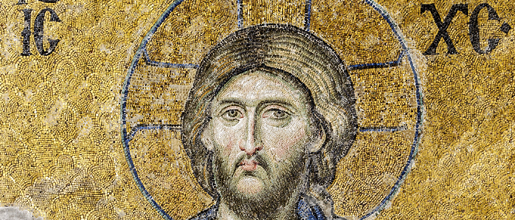 The doors of repentance are opening, Great Lent is beginning. Every year Great Lent is repeated, and each time it brings us great benefit if we spend it as we should. It is a preparation for the life to come and, more immediately, a preparation for the Bright Resurrection.
The doors of repentance are opening, Great Lent is beginning. Every year Great Lent is repeated, and each time it brings us great benefit if we spend it as we should. It is a preparation for the life to come and, more immediately, a preparation for the Bright Resurrection.
Just as a stairway is built into a tall building in order to enable one, by climbing the steps, to easily reach the top, so too, the various days in the year serve as steps for our spiritual ascent.
This is especially true of the days of Great Lent and Holy Pascha.
Saint Mark the Archbishop of Ephesus
1. February 2016 - 11:52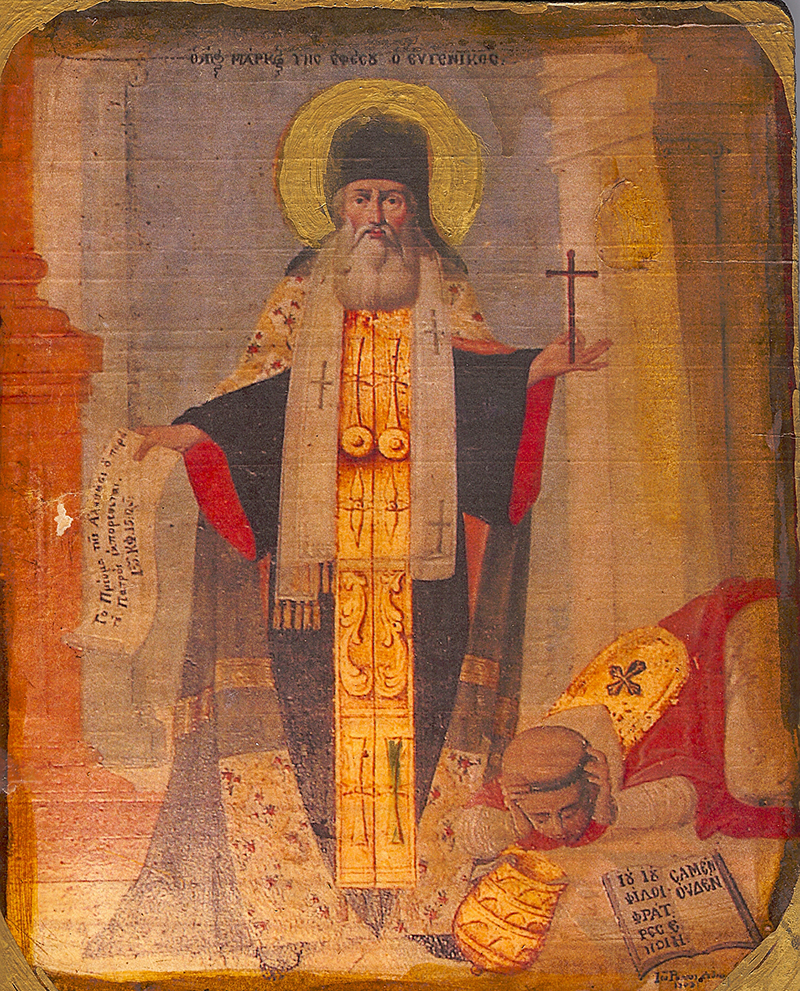 Saint Mark of Ephesus is one of the Patron Saints of Orthodoxy Cognate PAGE – Pan-Orthodox Christian Society Movement.
Saint Mark of Ephesus is one of the Patron Saints of Orthodoxy Cognate PAGE – Pan-Orthodox Christian Society Movement.
Commemorated on January 19
St. Mark (nee Emmanuel) was born of pious parents in 1392 in the queen of cities, Constantinople. His father was called George and was the Chief Justice of Sakellion and deacon of the Great Church, his mother was Maria, the daughter of the pious doctor Luka.
Both parents tried and succeeded in raising little Emmanuel in teaching and upbringing in the Lord. But the death of their father left him and his younger brother John orphans at a tender age.
'The Earth Cannot Imprison Him'—St. Sava of Serbia
28. January 2016 - 9:54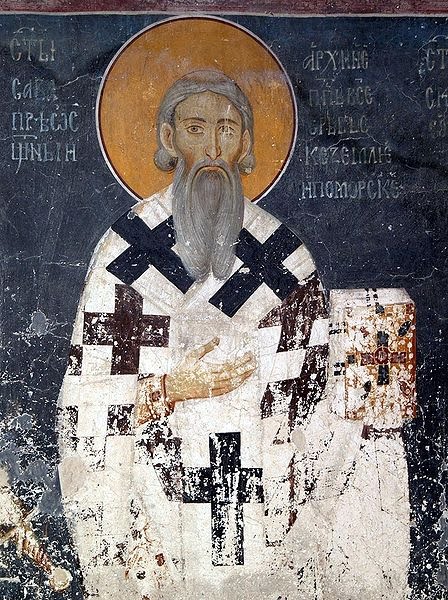 Today, January 14 on the Serbian Church’s calendar[1] we celebrate the memory of the Holy Hierarch Sava (1176-1235), ‘Venerable Holy Father and First Archbishop and Eternal Enlightener of the Serbs’[2] and ‘the greatest of Serbian national saints’.[3] Fr. Daniel Rogich calls him ‘the most beloved of all Serbian Orthodox saints, considered by all Serbs everywhere and at all times as the ultimate expression and example of what it means to be fully human, that is, what it means to be a devout and committed follower of Jesus Christ.’[4] Sir Dimitri Obolensky has said of St. Sava:
Today, January 14 on the Serbian Church’s calendar[1] we celebrate the memory of the Holy Hierarch Sava (1176-1235), ‘Venerable Holy Father and First Archbishop and Eternal Enlightener of the Serbs’[2] and ‘the greatest of Serbian national saints’.[3] Fr. Daniel Rogich calls him ‘the most beloved of all Serbian Orthodox saints, considered by all Serbs everywhere and at all times as the ultimate expression and example of what it means to be fully human, that is, what it means to be a devout and committed follower of Jesus Christ.’[4] Sir Dimitri Obolensky has said of St. Sava:
The historian who attempts to write the life of this central figure in Serbia’s medieval history may well feel apprehensive at the sheer range of Sava’s activities. He will be discouraged by his many guises: successively a provincial governor, an Athonite monk, and an archbishop; a diplomat entrusted with delicate missions by his brother the king; a founder of several monasteries and the organizer of their liturgical life and discipline; a legislator in the field of canon law; the first primate of Serbia’s autonomous Church; a voyager on the pilgrim-routes of the eastern Mediterranean; his country’s earliest articulate writer; the focus of a posthumous cult that spread throughout the Balkan peninsula and even captured some of its Muslim population later on; Serbia’s unrivalled patron saint; a semi-legendary figure right down to the present day, celebrated in folklore, poetry, and song; his mythopoeic sway must be unique in eastern Europe; and all this, and a wider compass still, are there to daunt his biographer.[5]

